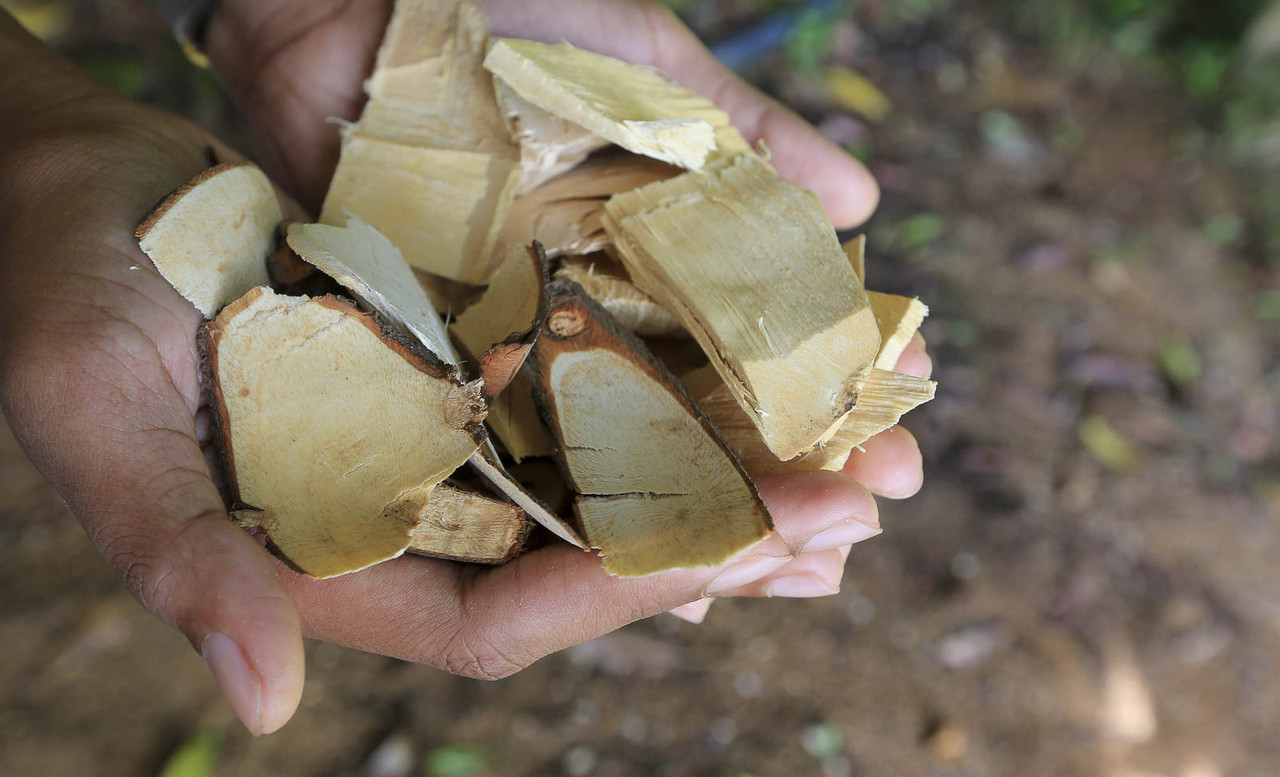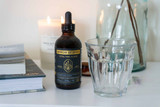Decoding the Colors of Tongkat Ali – Authenticity & Use
Taking an In-Depth Look at the Three Colors of Tongkat Ali — And Their Significance
Tongkat Ali, also known as Pasak Bumi or Longjack, is a long-used and contemporary validated traditional phytotherapeutic that is native to Southeast Asia.
Scientifically named Eurycoma longifolia Jack, Tongkat Ali is celebrated for a wide range of therapeutic properties (including proandrogenic properties), properties largely due to a class of compounds (quassinoids) located in the pale bark of its roots. However, as the popularity of Tongkat Ali continues to grow, so too does the misidentification and mislabeling of other plants as Tongkat Ali.
Here, our goal is to clarify the distinctions between the various "colors" of Tongkat Ali and explain why accurate plant identification is essential for safe—and effective—use.
It's More than a Name: The Importance of Accurate Botanical Identification
Correct identification of true/authentic Tongkat Ali (Eurycoma longifolia Jack) is crucial for several reasons:
- Therapeutic Efficacy – Research confirming Tongkat Ali’s benefits—its phytotherapeutic uses—focus specifically on the plant botanically known as Eurycoma longifolia Jack. Misidentified plants may not provide the same effects.
- Safety – Using plants mislabeled as Tongkat Ali can pose real health risks due to unknown or unresearched compounds. Avoid adverse effects by knowing what you’re ingesting.
- Historical and Ethnobotanical Use – Authentic Tongkat Ali has a longstanding history in traditional systems of medicine, which—in addition to ample contemporary research—supports and reinforces its safe use. Additionally, using authentic Tongkat Ali honors the plant's history and the people behind it.
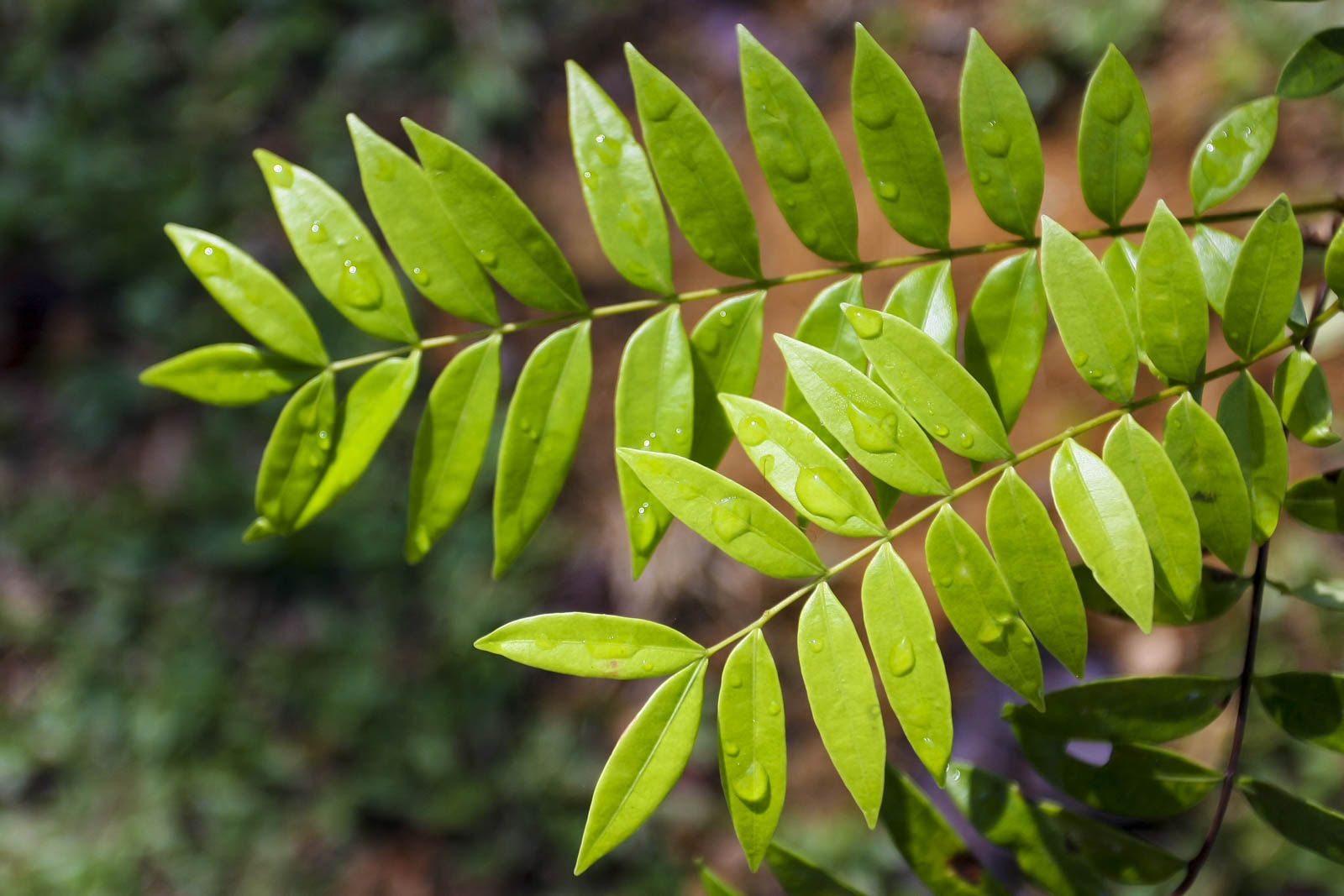
The Colors of Tongkat Ali
Tongkat Ali is often classified by color. Knowing how people classify Tongkat Ali informs the use of the correct plant with documented benefits and a clean safety profile.
- White and Yellow Tongkat Ali
- Black Tongkat Ali
- Red Tongkat
White and Yellow Tongkat Ali
Both White and Yellow Tongkat Ali refer to authentic Eurycoma longifolia Jack. This variety is identified by its light-colored root bark, which produces a yellowish extract. Eurycoma longifolia Jack Tongkat Ali is the only Tongkat Ali with historical and contemporary standing and validation.
In Malay and Indonesian, Tongkat Ali is known as Bedara Putih (White Tongkat Ali) and Pasak Bumi Kuning (Yellow Tongkat Ali), with “Putih” meaning “white” and “Kuning” meaning “yellow.”
- Botanical Name – Eurycoma longifolia Jack
- Appearance – Light-colored bark, yellowish extract
- Ethnobotanical Names – Bedara Putih, Pasak Bumi Kuning
- Therapeutic Uses – Supported by ample research, including enhanced physical performance, hormone/endocrine health (proandrogenic), anti-inflammatory properties, and others.
Black Tongkat Ali
The name Black Tongkat Ali refers to Polyalthia bullata, a plant unrelated to Eurycoma longifolia Jack.
While Polyalthia bullata may possess certain phytotherapeutic properties and uses, it lacks the comprehensive research and historical use associated with Eurycoma longifolia Jack.
Known as Pasak Bumi Hitam in Malay and Indonesian, “Hitam” translates to “black.”
- Botanical Name – Polyalthia bullata
- Appearance – Darker bark, blackish extract
- Ethnobotanical Names – Pasak Bumi Hitam
- Therapeutic Uses – Not extensively studied or supported by research.
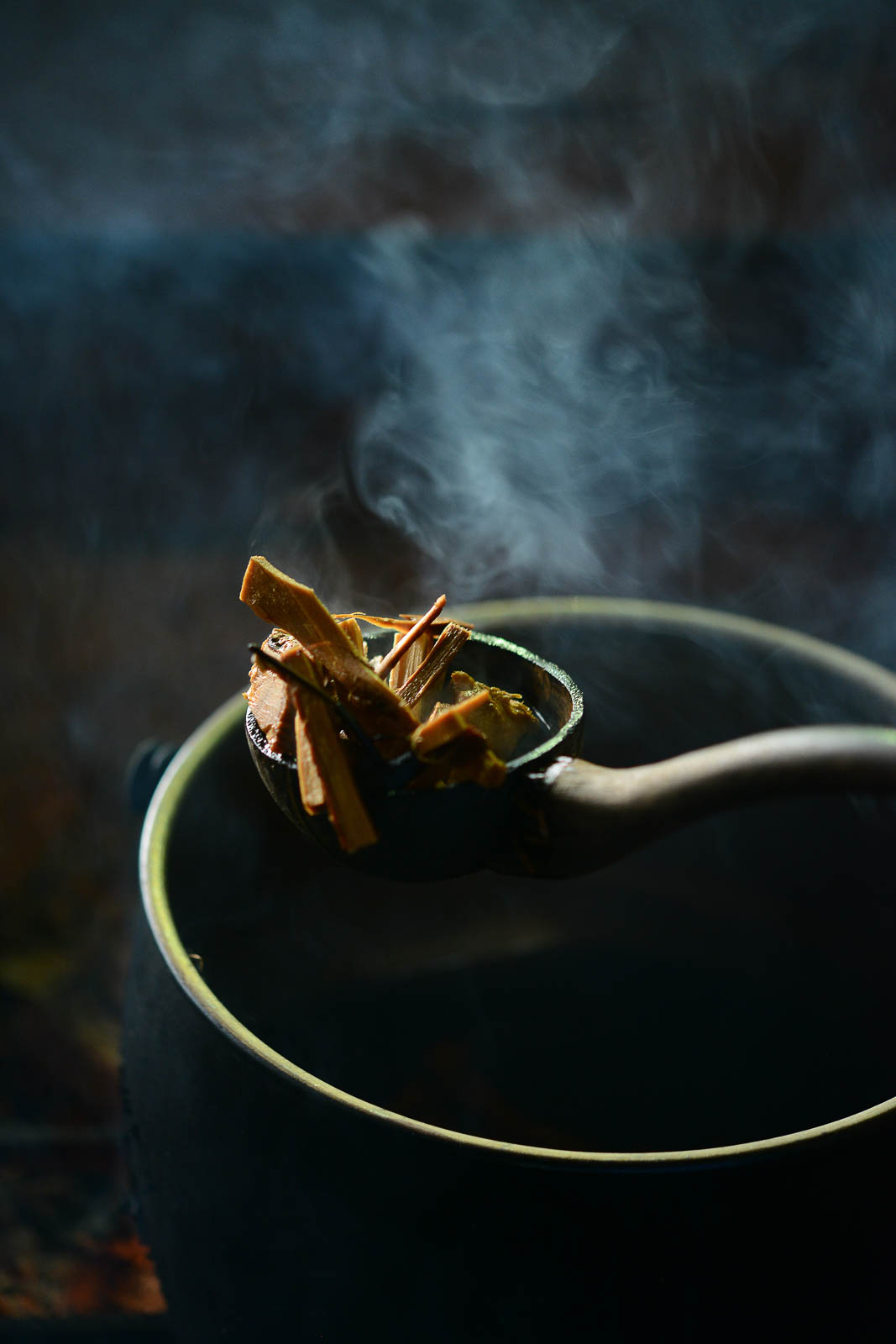
Red Tongkat Ali
It is hard to express just how little is known about Red Tongkat Ali. So little is known that its botanical identity—as in what plant specifically the name refers to—is unconfirmed.
The true identity of the plant behind the name Red Tongkat Ali may be Stema tuberosa, although this plant is so poorly documented in scientific literature that it’s impossible to draw any conclusions from it—or even know what it is.
There are several references to the identity of Red Tongkat Ali being Stemona tuberosa (similar name to the above, but a different plant)—an herb used in Chinese Herbalism. Stemona tuberosa (Bǎi Bù / 百部 / Hundred Parts) is used within Chinese Herbalism to address parasites, moisturize the lungs, and ease coughing.
In Malay and Indonesian, Red Tongkat Ali is referred to as Pasak Bumi Merah, with “Merah” meaning “red.”
Further research is essential to validate the existence, safety, and effectiveness of Red Tongkat Ali. Current searches in the scientific literature yield no entries for “Stema tuberosa” or “Pasak Bumi Merah,” except in discussions where Eurycoma longifolia Jack is researched as a potential alternative treatment for osteoporosis.
- Botanical Name – Uncertain, possibly Stema tuberosa or Stemona tuberosa
- Appearance – Unverified as plant identity is unknown
- Ethnobotanical Names – Pasak Bumi Merah
- Therapeutic Uses – Lacks any research and documentation.
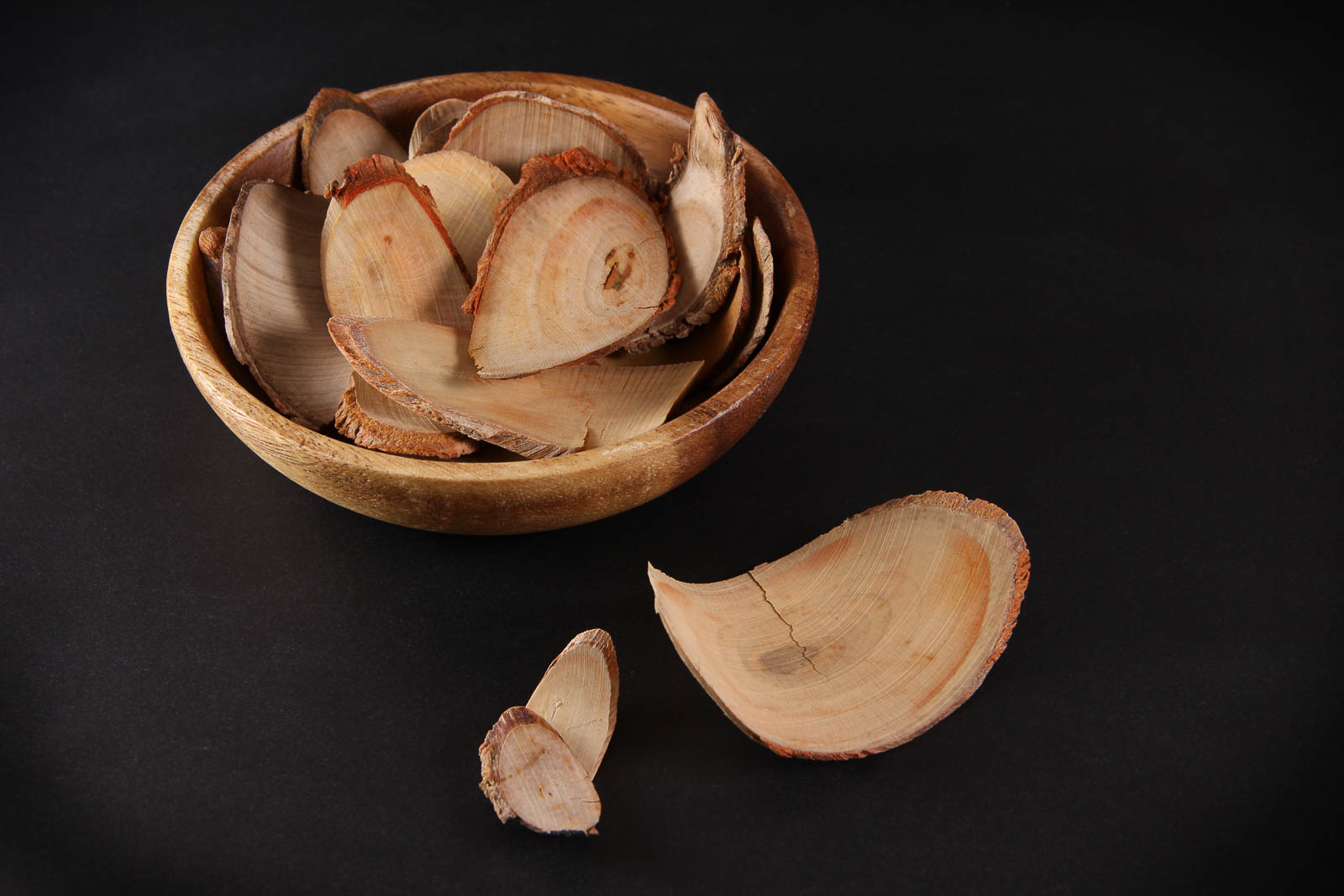
Concluding Thoughts
The merits of authentic Tongkat Ali, from Eurycoma longifolia Jack stand on a well-documented and long history of use and on ample contemporary scientific research. Correctly identifying and classifying Tongkat Ali is essential for its safe and effective use.
Other plants, such as Polyalthia bullata (Black Tongkat Ali) or those proposed as being Red Tongkat Ali, do not share the same foundation of use as authentic Tongkat Ali—not the historical use nor the scientific backing. While other plants may share the same therapeutic uses and the same safety profile as Eurycoma longifolia, we won’t know until we know what those plants are.
Continued scientific exploration of the lesser-known plants, and in particular identifying the plant behind the Red Tongkat Ali name, is vital in understanding their potential uses and their safety. For an in-depth overview of Eurycoma longifolia Jack, including its historical and therapeutic profile, please refer to our herbal monograph on Tongkat Ali.
Site Disclaimers
General Guidence
The content on this site is provided for educational and informational purposes only and should not be construed as medical advice. Always consult a qualified healthcare provider before making changes to your diet, lifestyle, or health regimen, particularly if you are pregnant or nursing, under the age of 18, managing allergies or known sensitivities, or living with any medical conditions.
At RAW Forest Foods, your safety is our priority. Please note that our products are dietary supplements, not medications. The following disclaimer applies:
* These statements have not been evaluated by the Food and Drug Administration. These products are not intended to diagnose, treat, cure, or prevent any disease.
Ingredient Transparency and Allergen Awareness
We are committed to providing transparent ingredient information to help you make informed decisions. If you have or suspect you have allergies to any of our ingredients, we strongly advise against using our products, as allergic reactions can be severe.
Interaction with Medications
If you are taking any medications, consult with your healthcare provider before using supplements. Certain supplements may interact with medications, potentially altering their effectiveness or causing unwanted effects.
For more details, please review our full Terms and Conditions.
